India made history by landing the first spacecraft near the moon's south pole, which contains precious water ice but is extremely difficult to land on.
Chandrayaan-3 launched from the Satish Dhawan Space Center, India, on July 14. Video : Space
India successfully landed the Vikram lander of the Chandrayaan-3 spacecraft near the south pole of the Moon on the evening of August 23, becoming the first country to have a landing craft in this strategic area and the fourth country to have a landing craft on the Moon, after the Soviet Union, the United States, and China. The miracle happened just a few days after Russia's Luna-25 spacecraft crashed there. Previously, the Chandrayaan-2 lander also failed to land at the south pole of the Moon.
"Space travel is very difficult and landing on the surface of another celestial body is among the most difficult things in space travel," said Robert Braun, head of the Space Exploration Center at the Johns Hopkins Applied Physics Laboratory (USA).
There are a myriad of reasons for a failed landing, but in this case, the biggest reason is that Russia and India were attempting something incredibly difficult: landing for the first time in a place no one had ever been before. India’s success, especially in the context of Russia’s failure, was a huge victory.
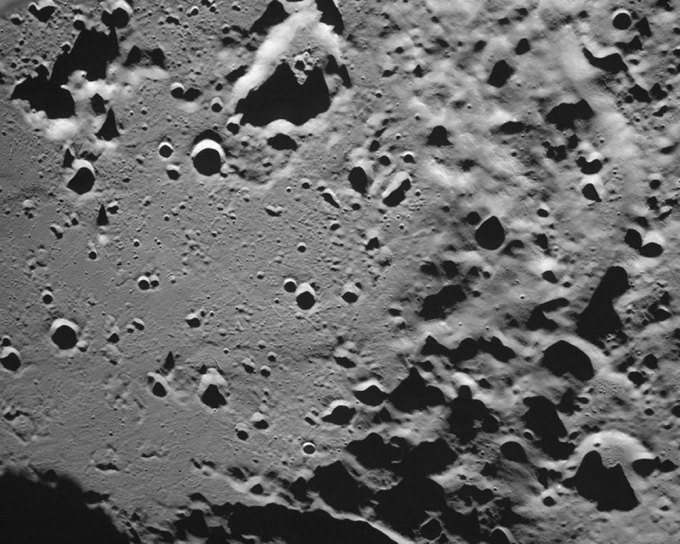
Image of the far south polar region of the Moon taken by the Russian Luna-25 spacecraft on August 17, before crashing into the lunar surface. Photo: Roscosmos
Attractive resources
The lunar south pole is particularly valuable space real estate because of its water ice reserves. It is also believed to be the most water-rich region on the Moon. The frozen water in the dark craters could be converted into drinking water for future astronauts.
Countries are also eyeing the reserves because water can be split into oxygen and hydrogen. This could be used as fuel to launch rockets from the Moon to Mars without the heavy gravity burden of launching from Earth. Water ice could also be mined to produce breathable oxygen for a human base on the Moon.
In addition to India and Russia, the US and China are also targeting the Moon's south pole. The two space powers hope to land there before the end of 2030.
Danger lurks
As it nears the lunar surface, the lander needs to slow down, often rotating and extending its legs. Then, when it touches down, the system needs to be sturdy enough to withstand the shock. “A lot of that is tested in simulations. But it’s very difficult to create a high-fidelity or accurate simulation of something you’ve never experienced,” Braun says.
During the landing, every operation, calculation and movement must take place precisely in the right time, in the right order. Any error, any flaw in the hardware or software could cause the lander to crash into the Moon.
The final stages of landing are the most difficult, according to Braun, as the lander begins to interact with the lunar surface. If its base hits a rock, the lander could tip over and end the mission. Additionally, lunar dust could obscure the instruments and make the mission less successful.
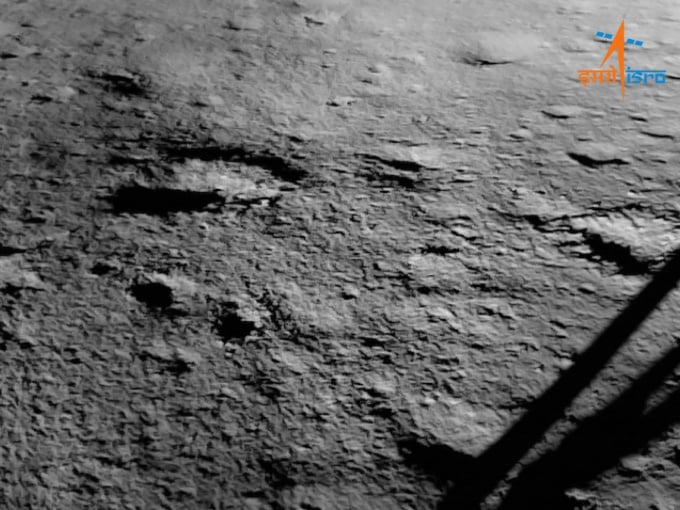
A view of a relatively flat portion of the Vikram lander's landing pad on the Moon. Photo: ISRO
The gravity of the Moon’s south pole—a region of perpetual darkness and water ice—also makes landings more difficult. Landers often use cameras to assess the ground below in real time during their final minutes near the lunar surface. This helps them identify rocks and craters they need to avoid to avoid being toppled during landing.
At the south pole, landers may fly through some of the shadow, even if they don’t land in the shadow, according to Braun. This doesn’t seem to have affected landing attempts at the south pole so far, but the darkness could pose a threat to future lunar missions. Plus, no one has ever been to the south pole before. Compared to the equatorial region where the Apollo landings landed, it’s a very mysterious place.
Thu Thao (According to Business Insider )
Source link


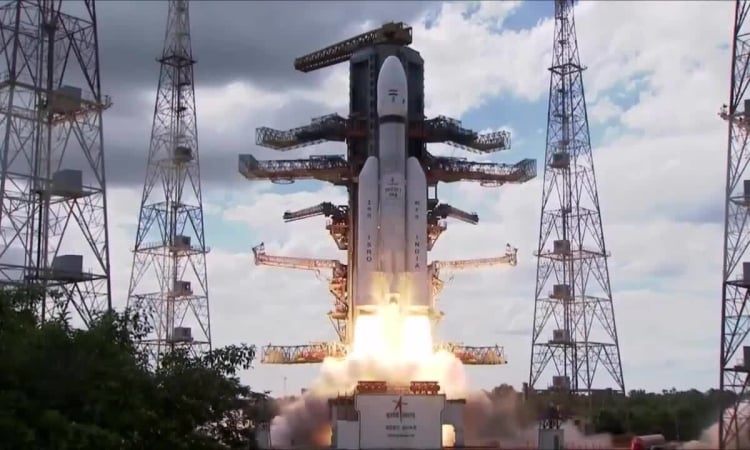
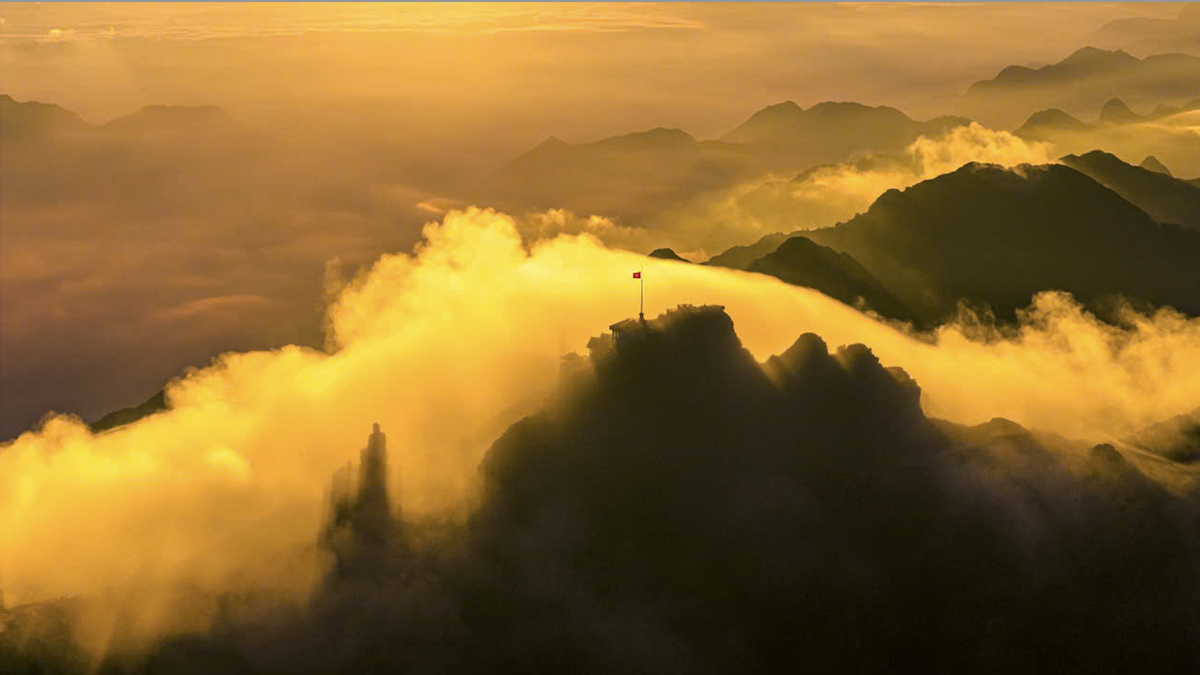
![[Photo] Prime Minister Pham Minh Chinh chairs conference on breakthrough solutions for social housing development](https://vphoto.vietnam.vn/thumb/1200x675/vietnam/resource/IMAGE/2025/10/24/1761294193033_dsc-0146-7834-jpg.webp)
![[Photo] Solemn funeral of former Vice Chairman of the Council of Ministers Tran Phuong](https://vphoto.vietnam.vn/thumb/1200x675/vietnam/resource/IMAGE/2025/10/24/1761295093441_tang-le-tran-phuong-1998-4576-jpg.webp)
![[Photo] Prime Minister Pham Minh Chinh and South African President Matamela Cyril Ramaphosa attend the business forum](https://vphoto.vietnam.vn/thumb/1200x675/vietnam/resource/IMAGE/2025/10/24/1761302295638_dsc-0409-jpg.webp)

![[Photo] President Luong Cuong chaired the welcoming ceremony and held talks with United Nations Secretary-General Antonio Guterres](https://vphoto.vietnam.vn/thumb/1200x675/vietnam/resource/IMAGE/2025/10/24/1761304699186_ndo_br_1-jpg.webp)
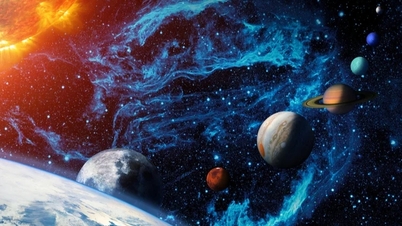

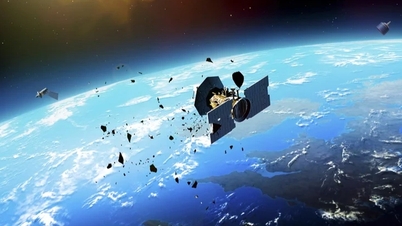

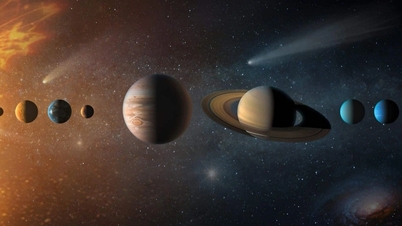
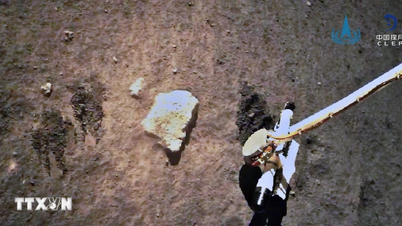

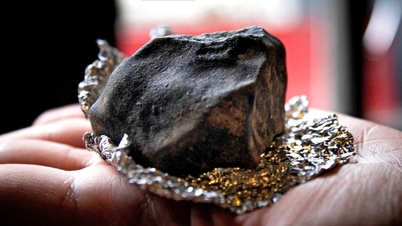






















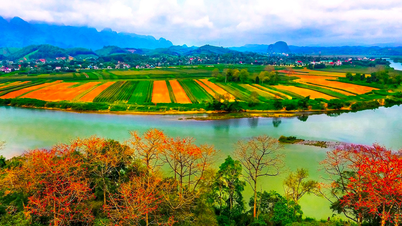





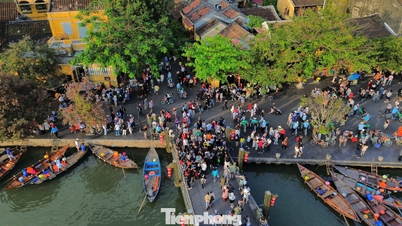























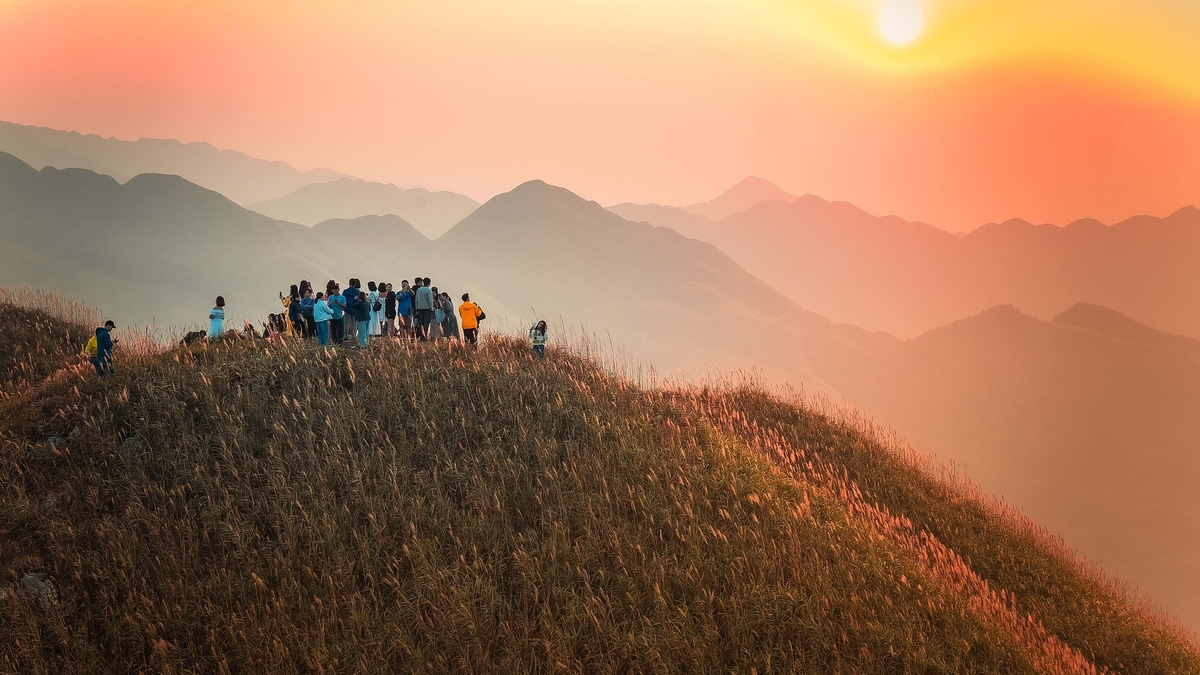
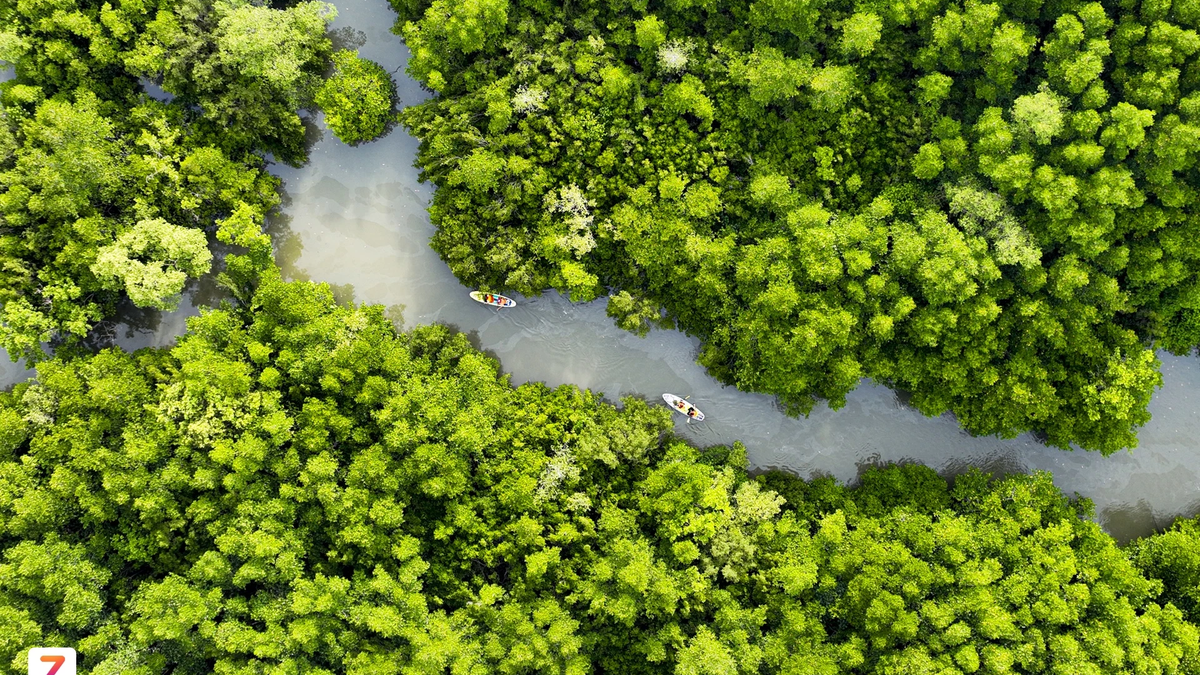











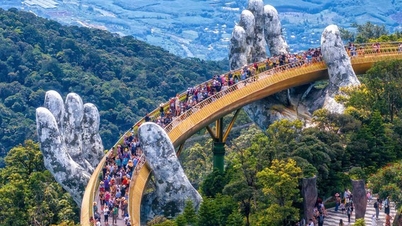
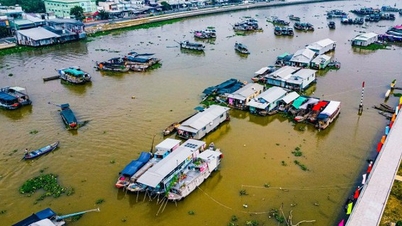


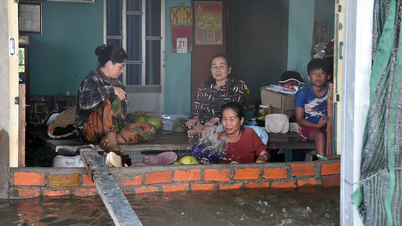




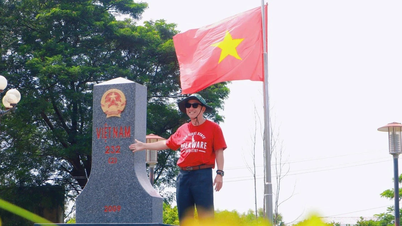

















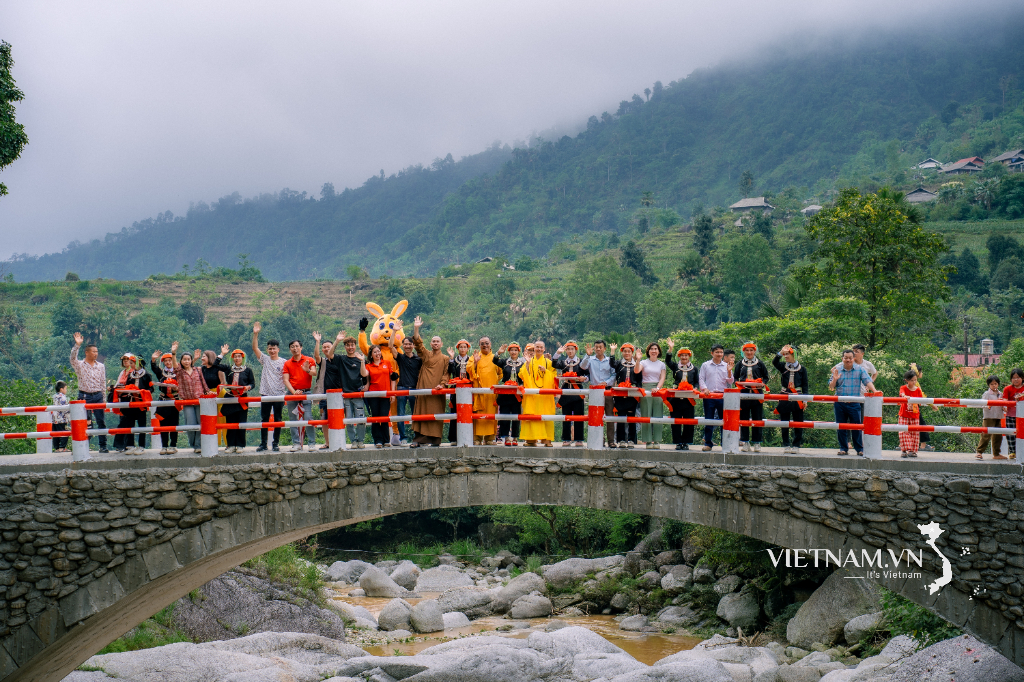
Comment (0)